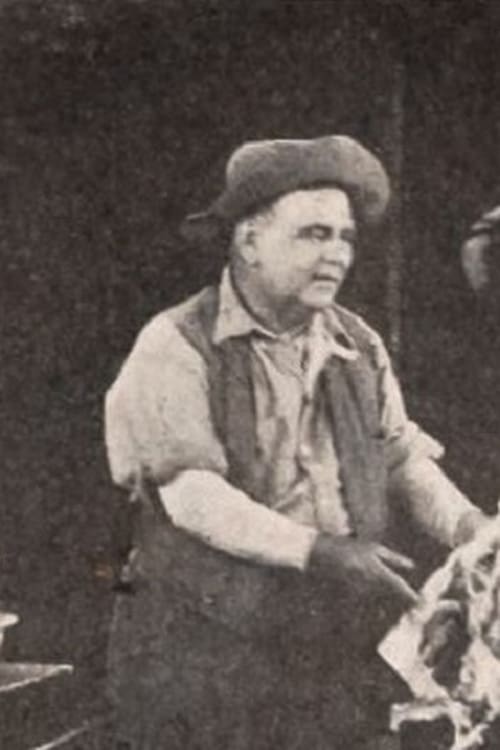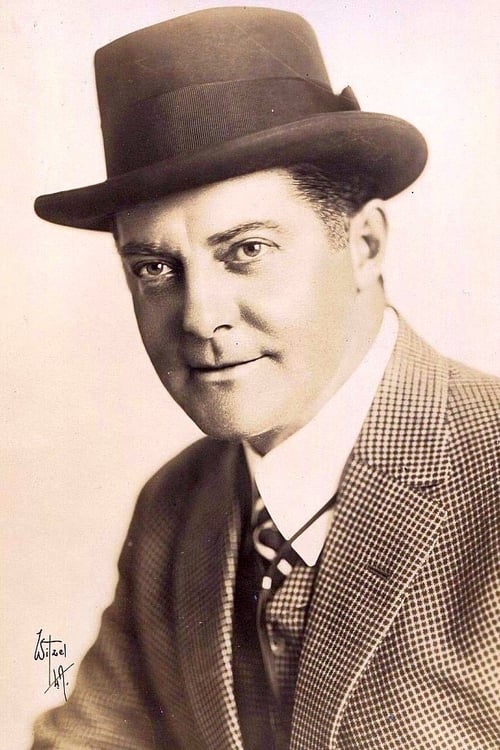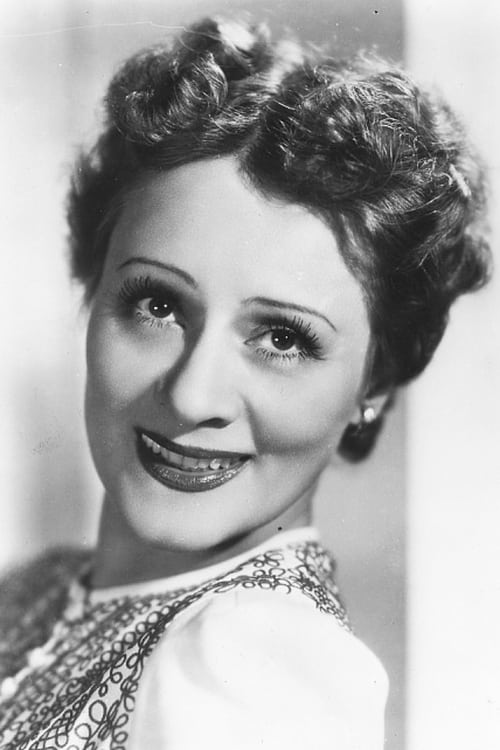The Silver Girl (1919)
Genre : Drama
Runtime : 0M
Director : Frank Keenan
Writer : Jack Cunningham
Synopsis
Jefferson Hunter (Frank Keenan) is a Western mining man. Anne Kepple (Catherine Adams) has inherited the mine next to his, but a loan shark steals it from her. Hunter helps her get it back, and out of gratitude Anne marries him, even though she is half his age.
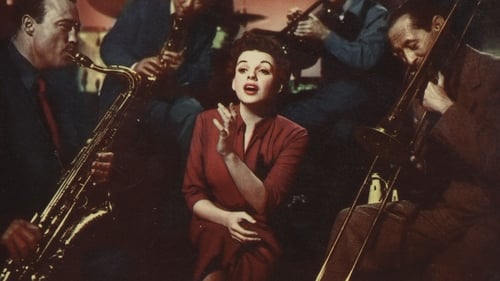
A movie star helps a young singer-actress find fame, even as age and alcoholism send his own career into a downward spiral.

In the War's closing days, when a conscience-driven Japanese soldier fails to get his countrymen to surrender to overwhelming force, he adopts the lifestyle of a Buddhist monk.

The vaudeville act of Harriet and Queenie Mahoney comes to Broadway, where their friend Eddie Kerns needs them for his number in one of Francis Zanfield's shows. When Eddie meets Queenie, he soon falls in love with her—but she is already being courted by Jock Warriner, a member of New York high society. Queenie eventually recognises that, to Jock, she is nothing more than a toy, and that Eddie is in love with her.
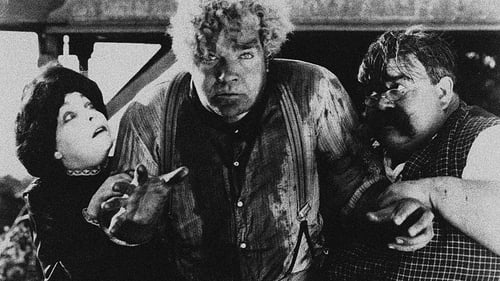
A lottery win of $5,000 forever changes the lives of a miner turned dentist and his wife.
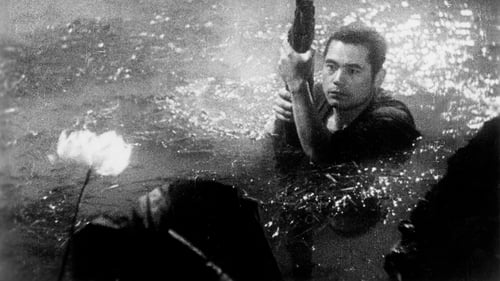
The story of Sanshiro, a strong stubborn youth, who travels into the city in order to learn Jujutsu. However, upon his arrival he discovers a new form of self-defence: Judo. The main character is based on Shiro Saigo, a legendary judoka.

The story of a poor young woman, separated by prejudice from her husband and baby, is interwoven with tales of intolerance from throughout history.
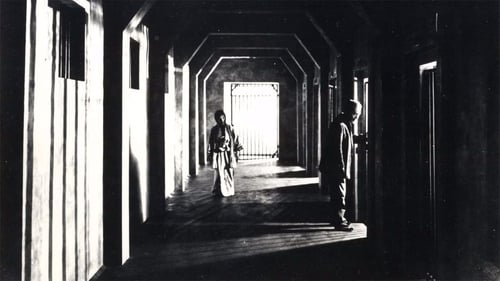
A man takes a job at an asylum with hopes of freeing his imprisoned wife.
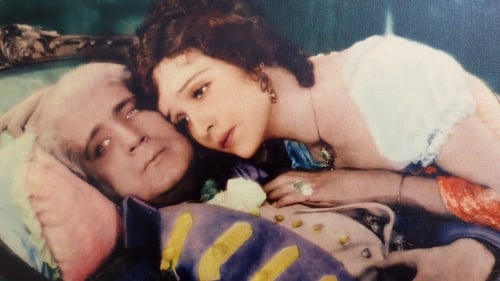
In 18th-Century Russia, the Czar, Paul, is surrounded by murderous plots and trusts only Count Pahlen. Pahlen wishes to protect his friend, the mad king, but because of the horror of the king's acts, he feels that he must remove him from the throne.

Come Along, Do! is an 1898 British short silent comedy film, produced and directed by Robert W. Paul. The film was of 1 minute duration, but only forty-some seconds have survived. The whole of the second shot is only available as film stills. The film features an elderly man at an art gallery who takes a great interest in a nude statue to the irritation of his wife. The film has cinematographic significance as the first example of film continuity. It was, according to Michael Brooke of BFI Screenonline, "one of the first films to feature more than one shot." In the first shot, an elderly couple is outside an art exhibition having lunch and then follow other people inside through the door. The second shot shows what they do inside.

Three Scottish officers, including Sir Archi, murder Sir Arne and his household for a coffin filled with gold. The only survivor is Elsalill, who moves to relatives in Marstrand. There she meets a charming young officer- Sir Archi- and she soon understands that he was one of the murderers.
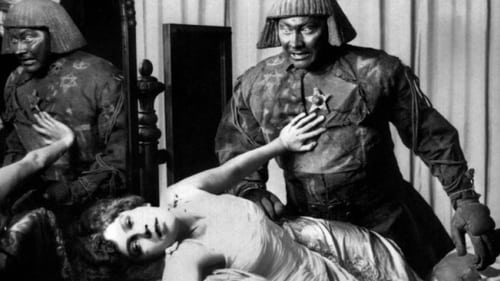
This mostly lost film (please check your attic) is often confused with director Paul Wegener third and readily available interpretation of the legend; Der Golem, wie er in die Welt kam (1920). In this version of the golem legend, the golem, a clay statue brought to life by Rabbi Loew in 16th century Prague to save the Jews from the ongoing brutal persecution by the city's rulers, is found in the rubble of an old synagogue in the 20th century. Brought to life by an antique dealer, the golem is used as a menial servant. Eventually falling in love with the dealer's wife, it goes on a murderous rampage when its love for her goes unanswered.
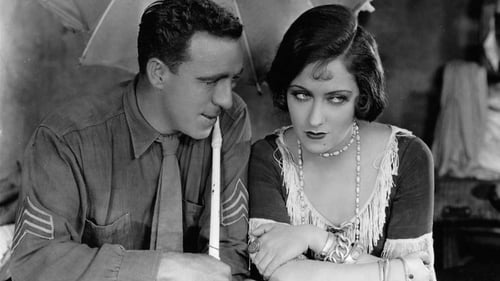
A young, beautiful prostitute named Sadie Thompson arrives on the South Pacific island of Pago Pago looking for honest work and falls for Timothy O'Hara, an American sailor who is unfazed by her unsavory past. However, Mr. Davidson, a missionary who arrived on the island at the same time, aims to "save" Sadie from her sinful life and petitions to have her separated from her beau and deported back to San Francisco.
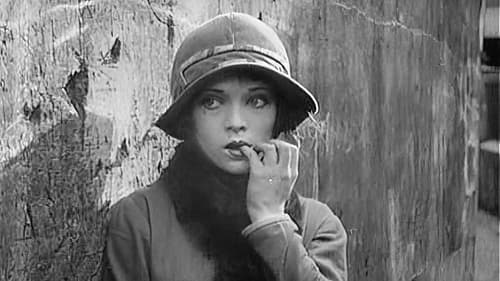
A pair of sisters leave the country for the city after their parents are slaughtered in a mysterious axe murder.
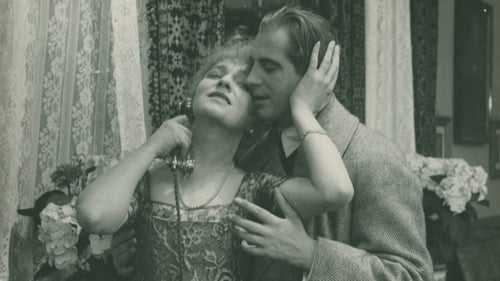
Erotikon is a 1920 Swedish romantic comedy film directed by Mauritz Stiller, starring Tora Teje, Karin Molander, Anders de Wahl and Lars Hanson. It is based on the 1917 play A kék róka by Ferenc Herczeg. The story revolves around an entomology professor obsessed with the sexual life of bugs, and his easygoing wife who is courted by two suitors.
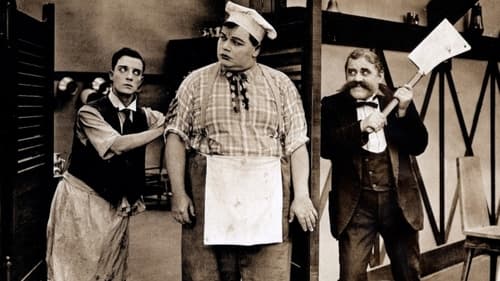
In an attempt at greater efficiency, the chef of a fancy oceanside restaurant and his assistant wreak havoc in the establishment. Adding to the complications is the arrival of a robber.

The story of two men, one married, the other the lover of the other's wife, who meet in the trenches of the First World War, and how their tale becomes a microcosm for the horrors of war.

On a farm in up-country Sweden, an enigmatic stranger comes to a conservative peasant community and seduces a farmer's wife. -IMDB
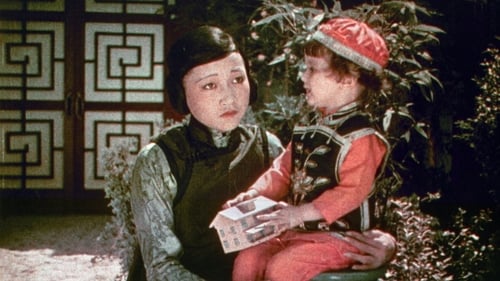
While visiting China, an American man falls in love with a young Chinese woman, but he then has second thoughts about the relationship. The plot is a variation of the Madame Butterfly story, set in China instead of Japan. The Toll of the Sea was one of the first and most successful Technicolor feature films.

The King of Illyris marries a neighboring princess, who finds out he has a mistress, Sephora. Revolted, she turns to Prince Alexei for friendship. Turmoil increases as a revolution demands the abdication of the King and the Queen opposes this decision.

The first feature-length Indian film is based on the legend of Raja Harishchandra, recounted in the Ramayana and Mahabharata. It revolves around the noble and righteous king, Harishchandra, who first sacrifices his kingdom, followed by his wife and eventually his children to honour his promise to the sage Vishwamitra. Though, in the end, pleased by his high morals, the Gods restore his former glory, and further bestow him with divine blessings.



